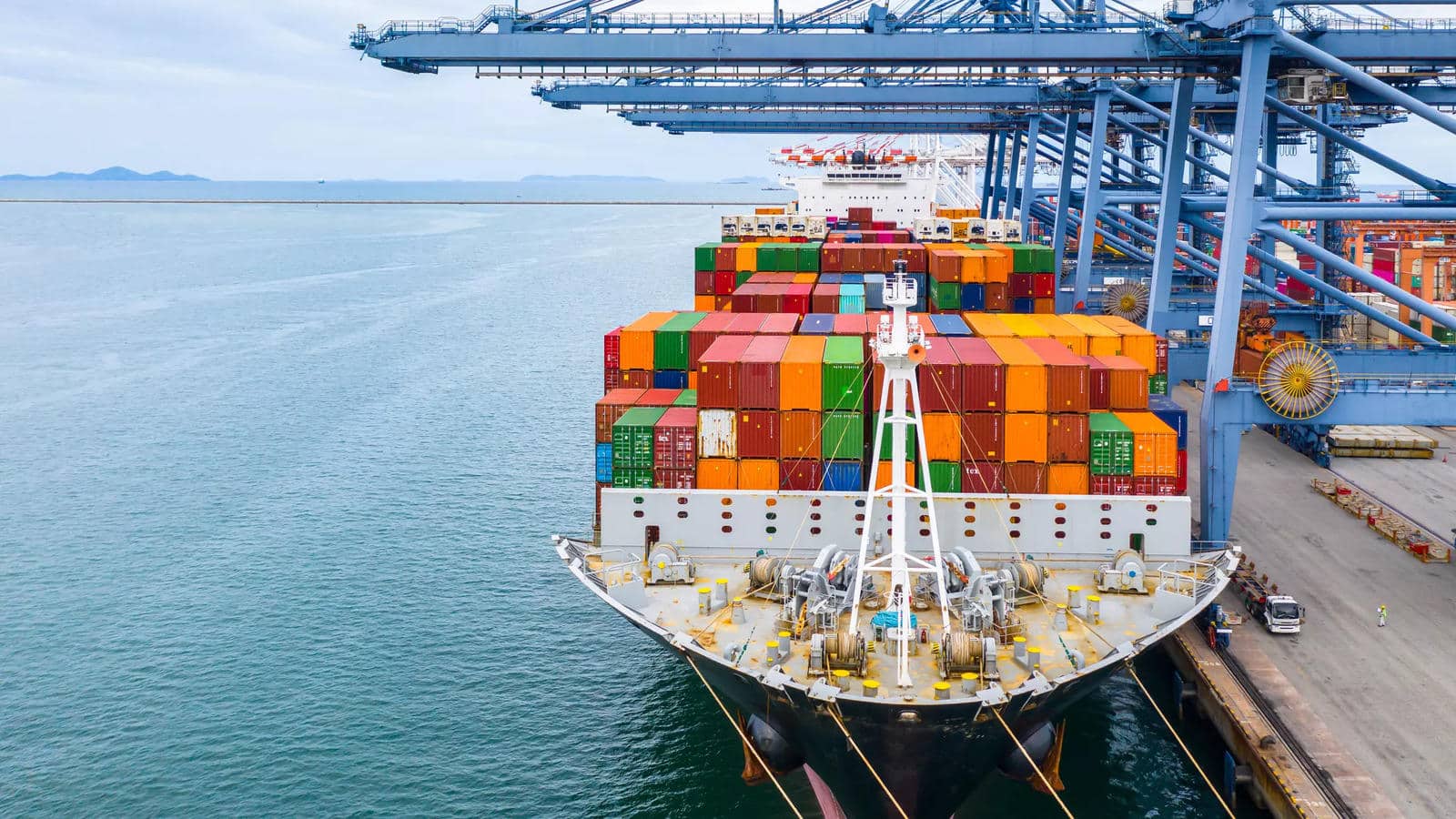Green Shipping Fleet Growing as More Newbuilding Orders Were Placed in 2024
Clarksons Research Releases Latest Green Technology Tracker: Insights from 1H 2024

Clarksons Research has published the newest edition of its Green Technology Tracker, detailing the advancements in alternative fuel adoption and investments in energy-saving technologies within the global shipping fleet for the first half of 2024. Steve Gordon, the Global Head of Clarksons Research, provided a comprehensive overview of the findings:
Key Highlights from the Green Technology Tracker
- Investment in Alternative Fuels:
In the first half of 2024, alternative fuel investments constituted about one-third of all new build orders and 41% of the total tonnage ordered. This includes orders for vessels capable of using LNG (109 orders, excluding 51 LNG carriers), methanol (49 orders), ammonia (15 orders), LPG (42 orders), and hydrogen (4 orders). The share of LNG-capable tonnage increased relative to methanol-capable tonnage compared to 2023. - Trends and Projections:
The share of alternative fuel ordering has declined since its peak in 2022, partly due to changes in the types of ships being ordered. Despite this, orders with “ready” status for future fuel options have risen to about a fifth of all orders (169 orders, 22% of tonnage). Clarksons Research forecasts that over a fifth of all fleet capacity will be alternative fuel-capable by the end of the decade, up from 2% in 2017, 7% in 2024, and projected to exceed 20% by 2030. - Port Infrastructure Developments:
Investment in port infrastructure and the availability of green fuels are lagging. There are 273 ports with LNG bunkering and 251 ports with shore power connections either in place or planned, but only 29 ports with methanol bunkering. - Energy Saving Technologies (ESTs):
ESTs have been installed on over 8,713 ships, accounting for 33.5% of fleet tonnage. This includes technologies like propeller ducts, rudder bulbs, Flettner rotors, wind kites, and air lubrication systems. Additionally, 31 vessels in the fleet (plus 28 new builds) are testing onboard carbon capture technology. - Emissions Forecast:
Global GHG emissions from shipping are expected to increase by ~3% in 2024, reaching 1,046 million tonnes of CO2e, surpassing pre-COVID-19 levels. This increase is attributed to more time spent at sea, increases in speed (particularly in the container market), and trade growth, which offset the growing share of alternative-fueled vessels and ESTs. - Detailed Order Data for 1H 2024:
In the first half of 2024, 310 units of 17.2 million GT ordered had alternative fuel capability, equivalent to 41% of the contracted tonnage. This includes 109 LNG-capable vessels (11.5 million GT), 49 methanol-capable units (2.7 million GT), 42 LPG-capable ships (1.7 million GT), and 92 battery/hybrid vessels (0.7 million GT). The full year of 2023 saw 578 units (35.0 million GT) with alternative fuel capability, about 40% of the total GT ordered. - Uptake and Future Prospects:
Around half of the order book in GT terms is now capable of using alternative fuels or battery hybrid propulsion. This share has grown from 10.7% in 2017 to 49.5% at the start of 2022. By the end of next year, it is projected to increase to ~9% of the fleet on the water. - ‘Eco’ Ships and Fleet Age:
The proportion of ‘eco’ ships is growing, with modern eco vessels now making up 33.1% of the total GT. The average age of the world fleet has increased to 12.8 years on a GT-weighted basis. The bulk carrier fleet has an average age of 12.3 years, tankers 13.3 years, and the container fleet 13.9 years. - Scrubber and BWMS Retrofits:
Scrubbers are now fitted to over 5,838 ships, equivalent to 28.3% of total tonnage. Scrubber retrofitting and new build uptake continue, with over 156 vessels retrofitted and 151 new scrubber-fitted ships ordered in 2024 so far. The majority of the fleet tonnage (86%) is now fitted with BWMS.
The full Green Technology Tracker report by Clarksons Research is available upon request and provides further commentary on these data points.
For further insights and detailed data points, you can request a copy of the full Clarkson Research Green Technology Tracker report.
